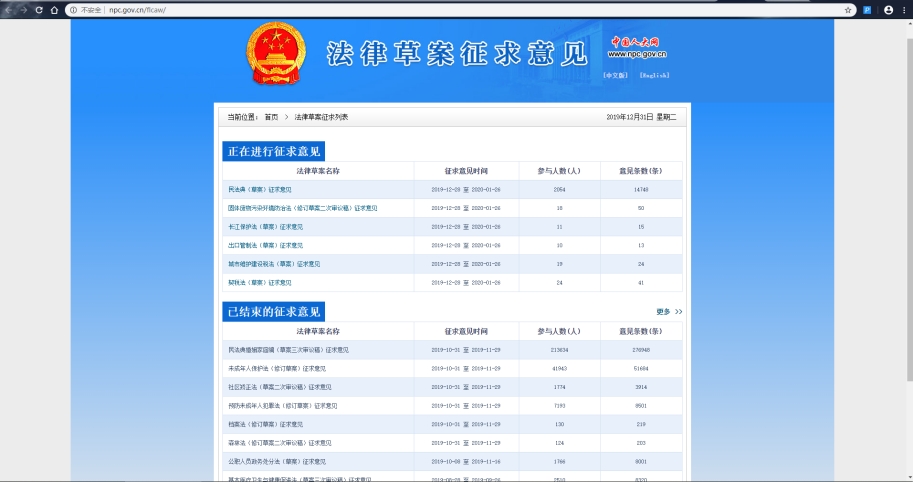“The relation between human and water in the Yangtze River Basin is undergoing unprecedented and profound changes and water protection and development is now stepping into a new phase characterized by rapid economic growth demanding more water and at the same time setting higher standards of water protection”, wrote Qihua CAI, Regional Chair of GWP China, in her book ‘Integrated River Basin Management For A Healthy Yangtze River’. Her advocacy has been echoed by multiple stakeholders, ranging from local communities to lawmakers.
GWP China Yangtze River Basin Partnership, founded in 2018, merges integrated river management principles and practices from the GWP network and the Yangtze authorities. The development of the Yangtze River Protection Law attributes to initiatives of Qihua CAI, and efforts of the Ministry of Water Resources of China, the Yangtze River Commission and the GWP China Yangtze River.
Last week, the Chinese lawmakers deliberated a draft law on Yangtze River Protection for protecting the ecological environment of the river basin and facilitating green development. It was submitted for the first reading at the ongoing bimonthly session of the Standing Committee of NPC and afterwards sent to the public for amendments until January 26, 2020.

Public Amendments on the Draft Law of the Yangtze River Protection
“The Yangtze River is China’s primary waterway. As years of excessive exploitation and pollution have damaged its aquatic environment, the river’s environmental protection and restoration shall become a dominant focus”, said President of China Jinping XI. The top leader has led the drawing up of a detailed plan to protect the Yangtze River. The law reflects the leadership's commitment to the river sustainable development.
Investing intelligent and knowledge inputs in the drafting progress, GWP China and GWP China Yangtze River Partnership invited experts to introduce international experiences in river protection, including legal frameworks, cases, and best practices from domestic and global organizations. As China's FIRST legislation on a specific river basin, it consists of nine chapters with 84 provisions that address prominent problems damaging the ecological system of the Yangtze River basin, prevent and rectify various disruptive behaviours and boost the high-quality development of the Yangtze River Economic Belt. The draft law stipulates responsibilities and penalties, referring to fines and criminal actions. Aside from government responsibilities, its contents focus on social participation that helps transform people's lifestyles and behaviours to better protect the river. Some proposals to the draft also suggest setting up a national award for groups and individuals in recognition of outstanding contributions to river protection. The education sector also stresses to adopt Yangtze protection into school curriculums.
Making a law tailor-made for rivers, in time, inspires more rivers, lakes and mountain ranges to propose their protection laws, delivering local law enforcers a stronger legal basis to fulfil their duties.
Yangtze River (‘Chang Jiang’ in pinyin) is the longest river in both China and Asia and third longest river in the world, with a length of 3,915 miles (6,300 kilometres) , twice over the Danube River with 1,770 miles (2,850 km) and thrice the Rhine River with 1.320 km . The Yangtze, with a coverage of nearly 448 million acres, an area more than four times the size of California, passes through eleven provinces/auto-administrative regions/metropolises, dealing with highest complicated transboundary river issues. Meanwhile, it has fed 40% of China's overall population and contributed to 40% of China's economic aggregate.
